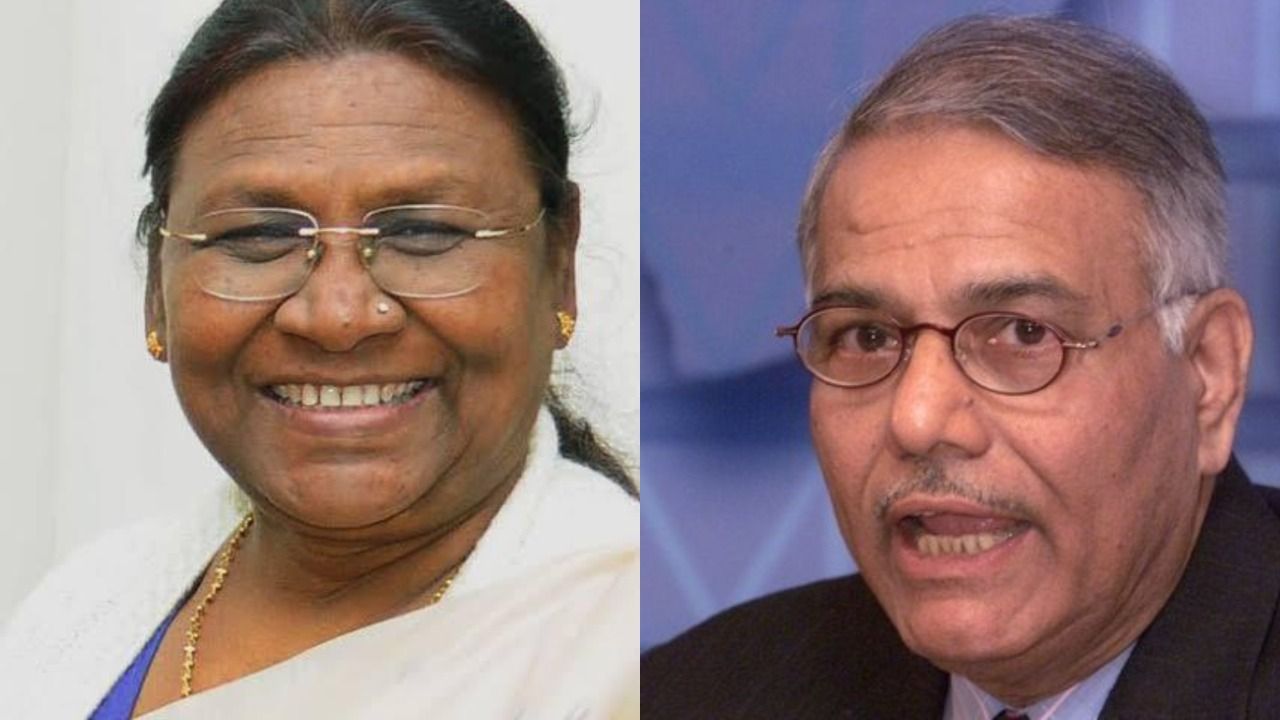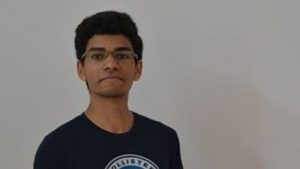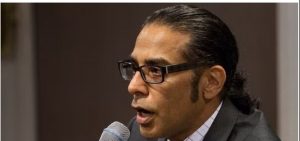Droupadi Murmu and
Yashwant Sinha, both started out as teachers before entering public life and
both served the Bharatiya Janata Party (BJP) for years. But apart from these,
India’s two presidential nominees have nothing in common. Murmu, 64, worked as
an assistant teacher at a school in Odisha’s Rairangpur before becoming the
councillor of Rairangpur Nagar Panchayat. Sinha, 84, taught for some time University
of Patna before joining the Indian Administrative Service (IAS).
Murmu and Sinha’s
candidature for the president’s post serves to show stark sociological distinctions
between the two candidates and the two sections of society India’s two main
political forces are either wooing or be driven by.
Droupadi Murmu is
a Santhal woman from Odisha’s Mayurbhanj district. The Santhals are the largest
tribe in Jharkhand and have major population concentrations across central and
eastern India. Mayurbhanj, Droupadi Murmu’s home district, is one of the most
tribal-populous districts in the country.
The woman who BJP
wants as president, who will, if elected, become the second woman President of
India, comes from an ordinary family albeit always invested in politics. Both
Murmu’s father and her grandfather were village headmen under India’s
Panchayati Raj system. Born on June 20, 1958, Droupadi Murmu, if elected, will
be the first president of India to be born after Independence.
Also Read | In Draupadi Murmu, BJP finds tribal face to follow Dalit president
Murmu’s rise to
political prominence came when she was elected councillor of the Rairangpur
nagar panchayat in 1997. She was one of those BJP leaders who maintained her
electoral sway when Odisha was consumed by a Naveen Patnaik-led Biju Janata Dal
(BJD) wave. Later on, she went on to serve in Naveen Patnaik’s cabinet as
minister in a BJD-BJP alliance government.
What has worked
for Murmu consistently is her reputation as an able administrator. That has
helped her maintain sway over the electorate as well as keep good ties with all
political factions.
Also Read | Draupadi Murmu: 10 things to know about BJP’s presidential candidate
Patnaik, the chief
minister of Odisha and once her political opponent, tweeted, after her
nomination as presidential candidate: “Congratulations Smt #DraupadiMurmu on
being announced as candidate of NDA for the country’s highest office. I was
delighted when Hon’ble PM @narendramodi ji discussed this with me. It is indeed
a proud moment for people of #Odisha.”
Murmu’s was also
the only governor of Jharkhand who managed to finish a five-year term as the
state’s governor. Since the formation of Jharkhand in 2000, no governor could complete
their gubernatorial tenure, until Murmu.
As she heads on to
contest the presidential polls, she will face Yashwant Sinha, the opposition’s
consensus candidate. Sinha’s life has been very different from Murmu’s. Born in
an upper-caste Hindu family in Bihar’s capital Patna, Sinha pursued a degree in
political science and later taught the subject at the University of Patna.
He then went on to
join the Indian Administrative Service (IAS) in 1960 at the age of 23. As a bureaucrat,
Sinha served as a sub-divisional magistrate as well as a district magistrate.
In his 24-year-long career, Sinha has served as the Consul General of India in
Frankfurt, Germany from 1971 to 1973 and as the joint secretary to the
Government of India in the Ministry of Surface Transport from 1980 to 1984.
Also Read | How India elects its President
In 1984, the same
year when Indian Prime Minister Indira Gandhi was assassinated, Sinha quit the
IAS to join the Janata Party, at the time, the singular opposition force
against the indomitable Congress formed by Gandhian socialist freedom fighter
Jay Prakash Narayan, or JP. In 1988, Yashwant Sinha secured a spot in the Rajya
Sabha, the upper house of the Indian Parliament.
As the Janata
Party fell apart, Sinha aligned first with Chandra Shekhar’s Janata Dal and subsequently
with the Bharatiya Janata Party (BJP), then under the aegis of Atal Bihari
Vajpayee. Yashwant Sinha was a member of the Vajpayee government from 1999-2004,
the regime which is now credited for connecting India to the global supply
chain, a task from the liberalisation era left unfinished.
After a
three-decades long stint with the BJP, Yashwant Sinha quit his party in 2018. A
party that he felt had become very different from the one run by Vajpayee, Lal
Krishna Advani and Murli Manohar Joshi. In the party now run by Narendra Modi
and Amit Shah, Sinha felt India’s democratic institutions were at risk.
Three years later,
when West Bengal leader Mamata Banerjee was fighting a pitched battle against
the BJP enroute to the 2021 Assembly elections, Sinha threw his weight behind
the Trinamool Congress. Just one year later, Sinha has now resigned from the
TMC to become the opposition’s presidential candidate.







